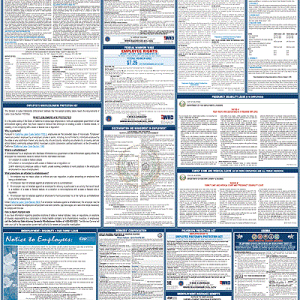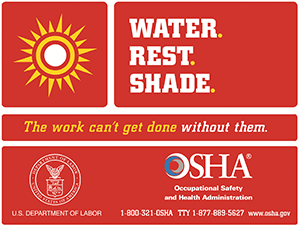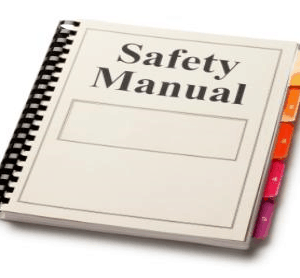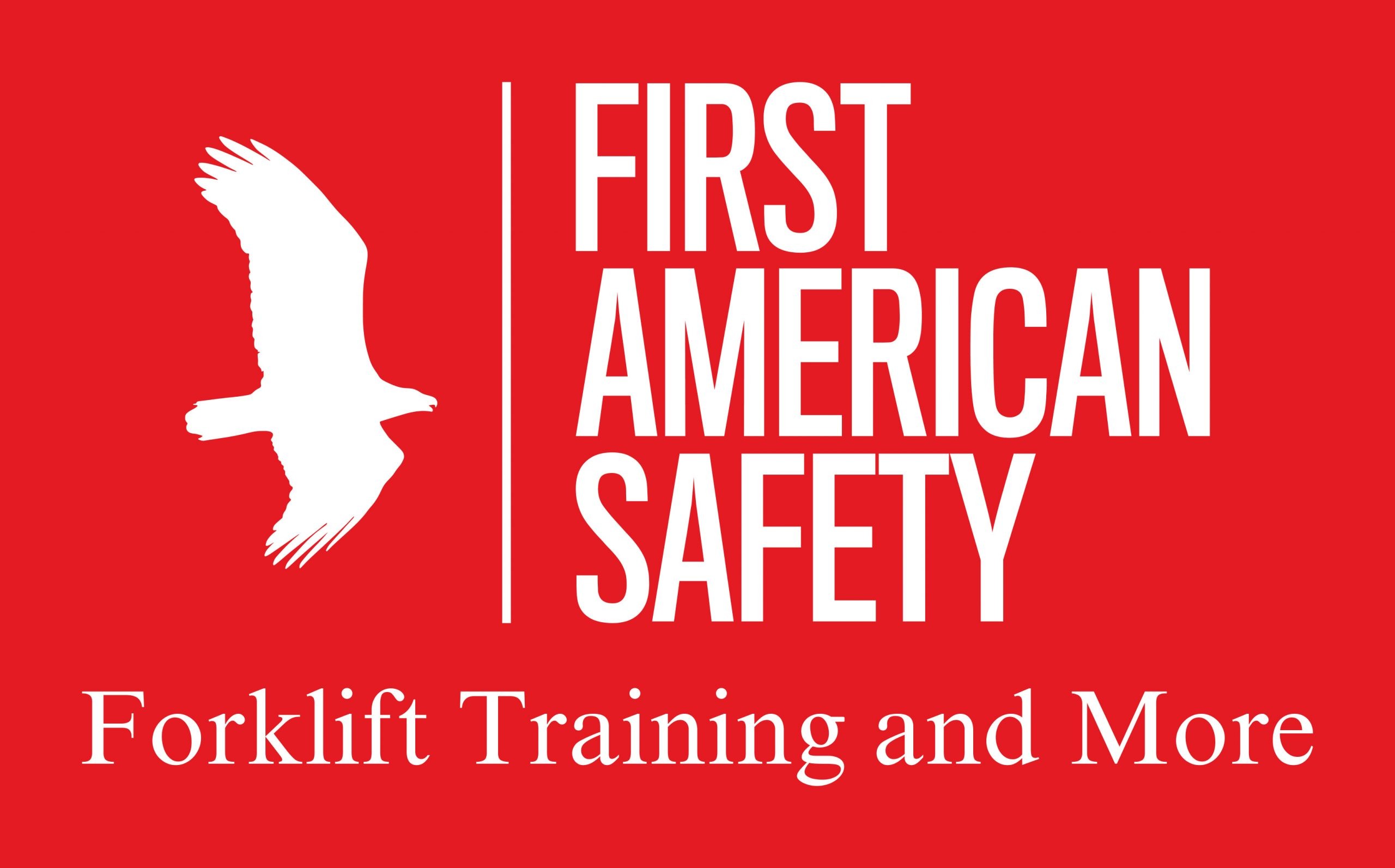Need some free safety meeting topics?
Emergency Preparedness in Construction: Staying Ready on the Jobsite
Emergency Preparedness in Construction Tailgate Safety Meeting Topic
-
 2025 Labor Law Poster State and Federal Combo$33.99
2025 Labor Law Poster State and Federal Combo$33.99 -
Product on sale
 Heat Illness Prevention PlanOriginal price was: $39.99.$29.99Current price is: $29.99.
Heat Illness Prevention PlanOriginal price was: $39.99.$29.99Current price is: $29.99. -
Product on sale
 Injury/Illness Prevention Program (IIPP)Original price was: $49.99.$39.99Current price is: $39.99.
Injury/Illness Prevention Program (IIPP)Original price was: $49.99.$39.99Current price is: $39.99.
Construction sites are dynamic, fast-paced environments where safety is paramount. Emergency preparedness in construction is a critical aspect of jobsite safety. Being ready for unexpected events—like fires, injuries, or natural disasters—can mean the difference between a minor disruption and a major catastrophe. This tailgate safety meeting will cover why preparedness matters, how to plan ahead, and what steps workers can take to stay safe when emergencies strike.
Why Emergency Preparedness Matters in Construction
Construction workers face unique risks every day. Heavy machinery, hazardous materials, and unpredictable weather can all lead to emergencies. According to the Occupational Safety and Health Administration (OSHA), thousands of construction-related injuries occur annually, many preventable with proper planning. Emergency preparedness in construction ensures workers know what to do when seconds count. Whether it’s a sudden equipment failure or a severe storm, preparation reduces panic and keeps everyone focused on safety.
Beyond protecting lives, preparedness also minimizes downtime and costly damages. A well-prepared crew can respond quickly, keeping the project on track. So, let’s dive into how we can build a culture of readiness on our jobsite.
Creating an Emergency Action Plan
Every construction site needs a clear emergency action plan (EAP) tailored to its specific hazards. This plan should outline evacuation routes, assembly points, and emergency contacts. Make sure everyone knows where to go and who to call—whether it’s the site supervisor, 911, or a nearby hospital. Post the EAP in visible spots, like the break area or near the toolbox, and review it regulary during tailgate meetings.
Include steps for shutting down equipment safely and securing the site. For example, if a fire breaks out, workers should know how to cut power to machinery without risking injury. Practice makes perfect, so consider running drills to test the plan. A little preparation now can save lives later.
Common Emergencies and How to Respond
Let’s talk about some typical emergencies in construction and how to handle them. First, fires: Keep extinguishers accessible and ensure workers are trained to use them. If the fire’s too big, evacuate immediately—don’t play hero. Second, injuries: From cuts to falls, have a stocked first-aid kit and a designated first-aid responder on site. Third, weather events: Storms or floods can hit fast. Monitor forecasts, secure loose materials, and know when to pause work.
Communication is key during any emergency. Use radios or loudspeakers to alert the crew, and account for everyone at the assembly point. Don’t assume someone’s safe—verify it.

Personal Responsibility in Preparedness
Emergency preparedness in construction isn’t just the boss’s job—it’s everyone’s. Wear your PPE (personal protective equipment) like hard hats, gloves, and steel-toe boots every day. Keep your work area clean to avoid tripping hazards or fuel for fires. Know where the exits are, even if the site layout changes. And if you spot something risky—like a frayed cord or leaking chemical—report it before it turns into an emergency.
Final Thoughts: Be Proactive, Not Reactive
Emergencies don’t wait for a convenient time. By prioritizing emergency preparedness in construction, we protect ourselves, our coworkers, and our jobsite. Take five minutes today to review the EAP, check your gear, and ask questions. A prepared crew is a safe crew. Let’s stay proactive and keep safety first!
